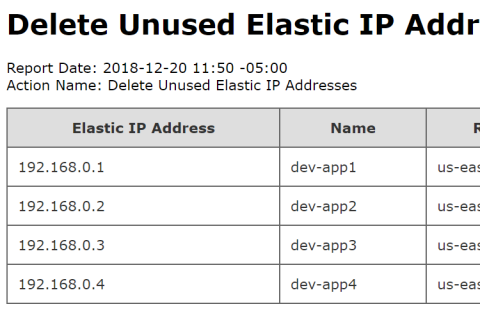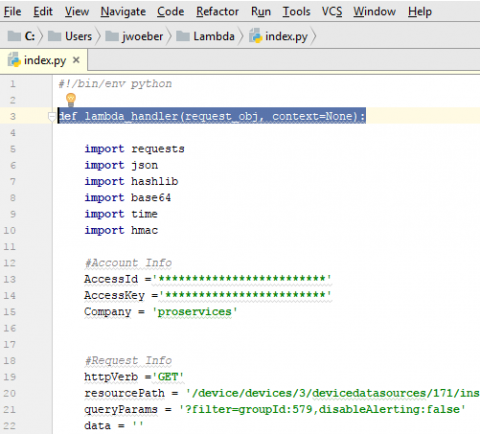Delete Unused Elastic IP Addresses Action
One difficult task for the AWS account administrator is to keep track of used and unused resources. That’s why we’re adding more actions to help track down unused resources. Today, we’re happy to announce a new action: Delete Unused Elastic IP Addresses.









